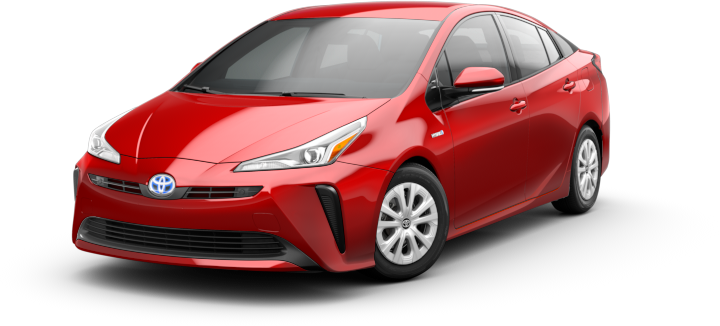
The Miles Per Gallon Matchup: Toyota Prius Vs. Honda Fit
Some consumers who shop for fuel-efficient vehicles are driven by altruistic motivations, such as reducing fossil fuel usage to help reduce climate change and promote energy sustainability. But let’s be honest: you’re probably looking at the potential cost savings of owning a fuel-smart automobile. You’re probably attracted by each one’s mileage per gallon ratings, and perhaps their overall sticker prices. However, simple comparisons may not be so simple after all, and other aspects that affect cost savings should be assessed for each automobile.
More Than Sticker Prices
While the Toyota Prius and the Honda Fit are from two different vehicle classes, it’s not surprising that shoppers might compare the two to determine which one best fits their lifestyle. Both models boast impressive MPG ratings for their respective vehicle classes: the Prius at a whopping 52 MPG combined for mid-sized cars and the Fit at 36 MPG for the sub-compact category. Some might also compare their sticker prices, which can differ by several thousand dollars between two closely equivalent models.
The sticker price of the Fit might tempt a buyer to select it, but this could be a rather simplistic move. One important factor to consider is the amount of driving one typically does in an average year. The Prius has the clear advantage in the MPG department, which leads to higher cost savings at the gas pump than the Fit for the same number of miles driven.
Tools such as the United States Department of Energy’s fuel economy comparison can give a more accurate picture of how vehicles size up with each other. When the 2016 base models of the Fit and the Prius were matched up with each other, the Prius came ahead in all the EPA’s fuel economy measurements. Besides MPG figures, the Prius trumped the Fit in the number of gallons of gas required to travel 100 miles: 1.9 for the Toyota versus 2.8 for the Honda model. The Department of Energy’s matchup of fuel costs for both vehicles also favored the Prius, with an estimated $3,250 saved over five years versus $1,750 saved by the Fit over the same time span.
Size and Seating Capacity Are Equal
Comparing the vehicles by size classifications alone might also be misleading. Although the Fit is considered a subcompact and the Prius is listed as a mid-sized vehicle, they both can hold up to four adults quite comfortably. Furthermore, modifications in the newer year model Toyotas to increase efficiency as well as cut back on cost and weight might make it the better pick.
The Hybrid Has the Advantage
For many consumers, the Prius is the clear winner between it and the Fit. For nearly the same amount of interior room, the Toyota excels in gas mileage, offering an efficiency that may not be possible for drivers of the Honda. Regular commuters will surely see the benefit of the Prius’ cost savings. Additionally, its lower emissions rating than the Fit means that it also goes further towards reducing one’s carbon footprint. Lifestyle factors will ultimately influence your decision, but drivers in search of cost savings and a greener lifestyle may want to opt for the Prius.


